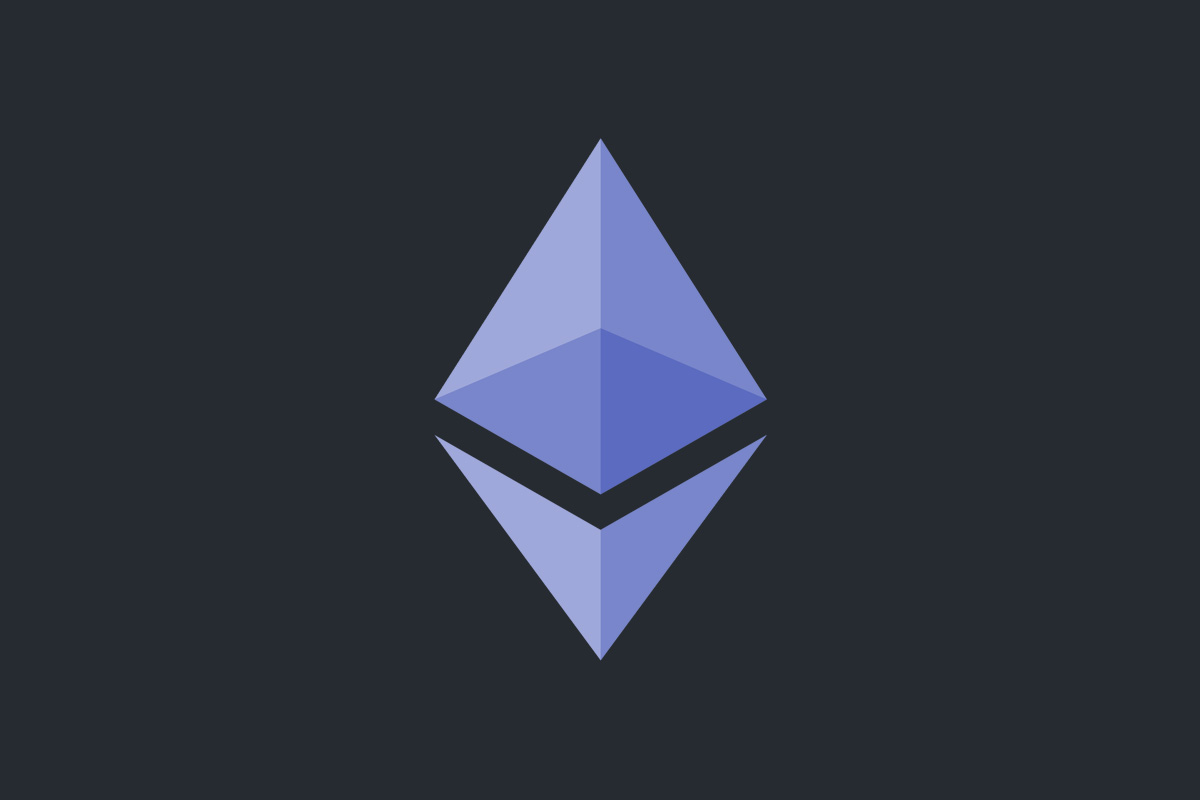Canada Adopts International Crypto Tax Reporting Standard
Canada is aimed at having the OECD standard for crypto asset tax reporting in place by 2027, as agreed with 46 countries.

Blockchain technology was first outlined by Satoshi Nakamoto in the Bitcoin white paper. Despite its initial conception as the means to power a worldwide, decentralized, and peer-to-peer currency, blockchain technology has gone on to find a home in a variety of industries.
With blockchain, we can see a similar progression and development that is comparable to the emergence (and later use) of the internet.
As we have retroactively titled the development of the internet into three stages, so too may we look back one day to understand and frame the development and use of blockchain technology.

The development of the world wide web was marked by three phases – today, we identify the first consolidated ‘stage’ as Web 1.0.
Web 1.0 marked the fundamental beginning of the internet as we know it today, where the world wide web was constituted by a set of static websites did not provide interactive content.
Similarly, blockchain technology began with Bitcoin, and many ardent developers around the world still consider that blockchain technology might be perfectly suited for creating a better monetary system in the months and years ahead.
Blockchain technology relies on a shared public ledger that entire cryptocurrency networks rely on. Whereas one might rely on the trustworthiness of a bank to authenticate the integrity of a ledger, a blockchain instead relies on cryptography (the art of writing or solving codes) as its proof.
Blockchain draws its name from its underlying data structure that consists of 1-megabyte files called ‘Blocks’, which are essentially ledgers themselves containing information on financial transactions. Blocks are ‘Chained’ together through a complex mathematical proof. Transacting parties are, to some degree, pseudonymous as the blockchain does not illustrate the names of parties but instead provides an alphanumeric designation.
Given that its properties enable peer-to-peer transfer without relying on the auspices or authority of a middleman such as a government or financial regulator, blockchain technology has been called ‘the greatest invention of the internet‘, and in itself the ‘internet of money‘.
In the same manner that the internet effectively decentralized knowledge, blockchain technology could be the basis through which financial transactions are decentralized in the future.
While Bitcoin has proven effective as a store of value – taking on a life as a digital equivalent to gold – critics have noted that Bitcoin’s relative simplicity, its inability to handle contracts or trust agreements, and its limitations in terms of throughput have hampered its ability to one day serve as a de-facto world currency.
Whereas the internet was first developed as a means to share information – and the hyperlink was the greatest tool in its arsenal – time cultivated the web as a platform for new social platforms to emerge. Similarly, other parties have noted that Bitcoin is under continuous development, and that newer technologies have already been implemented by what we can call ‘second generation blockchains’.

Where Web 1.0 was essentially constituted by a web of pages connected by hyperlinks, Web 2.0 introduced the idea that that web design could aim to foster creativity, collaboration, and would be underpinned by social sharing.
As (arguably) the generation of blockchain technology we find ourselves amidst at present, the second generation of the technology first outlined by the Bitcoin white paper brought with it the idea that assets and trust agreements can be managed by a blockchain.
Ethereum represents the foremost second-generation blockchain. While Bitcoin has been called ‘digital gold’, Ethereum has been called ‘digital oil’.
In layman’s terms, Ethereum proposes a view in which blockchain technology could be used to facilitate the management of digital assets without enforcing platform ownership. For the first time, Ethereum poses a solution to the ‘centralization’ of the internet (which have empowered conglomerates such as Google and Facebook) and effectively empowers blockchain technology into a platform.
Ethereum offers new functionality through what are called smart contracts. While present-day law firms, regulators, and governments can enforce or manage a contract between two entities, Ethereum can manage agreements between parties on the blockchain. Triggering events such as an expiration date or strike price can see a smart contract manage itself in a manner which leaves ownership undisputed, and opening agreements immutable.
Second-generation blockchains, such as Ethereum, threaten not only to disrupt our understanding of a monetary system but could further pose serious consequences for litigators, regulators, and officials.
By leveraging a vast and distributed network of decentralized computing power, individuals may one day be able to lodge complicated agreements – such as a bond, marriage, or trust fund – through a blockchain. In such cases, parties would have no need to pay a ‘trusted’ endorsee or litigator, and could leave agreements to execute autonomously.
Ethereum’s ‘killer’ feature, however, has been its power to host, create, and run Initial Coin Offerings (ICOs).
Whereas a company seeking to register on a stock exchange would raise money through selling shares in an Initial Public Offering (IPO), Initial Coin Offerings see new projects raise capital and, in return, offer a token of value to investors.
Ethereum’s structure empowers other tokens, which can be built on top of its platform, and can itself manage trust agreements between parties participating in an ICO.
While Ethereum may well become a leading platform for the development of decentralized applications and agreements in the future, the platform itself is not without limitation or criticism.
Compounding the frustrations of Bitcoin users, Ethereum faces similar scaling difficulties in serving thousands (and potentially millions) or worldwide users in the distant future. Secondly, while Ethereum offers compliant token models for services wishing to run on its platform, neither it nor Bitcoin is fundamentally inter-operable with other decentralized currencies or platforms; meaning that in most cases, users wishing to transfer value from one currency into another must do so through an exchange.
Web 2.0 has enjoyed similar frustrations. Critics have argued that web 2.0 is merely based on technologies and concepts of Web 1.0. Further, arguments have been made that Web 2.0 has essentially disturbed political economies by allowing users to place undue value on their opinions, and air them to a large online following – a principle not at all dissimilar from the thousands of fraudulent ICOs that have arisen in recent years.
It is imagined, however, that there may yet be ample opportunity to refine both blockchain technology and the web going forward.

In the same way that we may only be able to define ‘Web 3.0‘ many years from now, we might only be able to apply the term ‘third generation blockchain’ in hindsight.
Generally, it is expected that the continuing development of the web – and the platforms and applications that might run on it – will field what might be titled ‘the intelligent web’.
Where Web 2.0 was underpinned by ‘sharing silos’ – that is, proprietary platforms that may not be communicable with one another – the ‘intelligent Web’ may be underpinned by a global network that is more connected, open, and proactive.
As outlined by John Markoff in the New York Times, Web 3.0 might deliver “microformats, natural language search, data-mining, machine learning, recommendation agents, and artificial intelligence technologies — which emphasize machine-facilitated understanding of information in order to provide a more productive and intuitive user experience.”
In much the same way, blockchain technology has several pillars to cross to become more intuitive and usable to millions of people around the world.
In the same way that physical infrastructure needs to be extended to provide internet access to billions of people around the world, blockchain technology requires a salient scaling solution.
While several newer cryptocurrencies have debuted with the promise of accommodating more transactions per second, one of the fundamental qualities a third-generation blockchain will need to offer is a credible scaling solution – regardless of whether that takes place by altering the properties of a blockchain itself, or handling more transactions through a ‘second-layer’ solution such as a Lightning Network.
Where the world wide web will need to become inter-communicable (where applications no longer need to reside in ‘silos’) so will blockchain technology require a form of inter-operable asset to diminish reliance on cryptocurrency exchanges
Finally – and perhaps most fundamentally – there is the argument to be made that blockchain technology and Web 3.0 may ultimately become one and the same. Where the internet requires an open and secure platform to power a more intuitive experience, blockchain technology might be able to provide an open, immutable, and decentralized platform to power future transactions and applications on the internet.
Canada is aimed at having the OECD standard for crypto asset tax reporting in place by 2027, as agreed with 46 countries.
Since the well-anticipated spot Bitcoin ETF event is over, some industry experts have turned to warning signals for the the road ahead.
Bitwise revealed that in the month after past BTC halving price saw a little movement but in the following year it saw significant gains.
The Blockchain for Good Alliance alliance is joined by numerous organisations including Bybit Web3, Solana Foundation, Moledao and others.